
Two experts discuss sessions that covered perimenopause, premature ovarian insufficiency, GLP-1–based treatments, and the health needs of Indigenous and Hispanic women.

Two experts discuss sessions that covered perimenopause, premature ovarian insufficiency, GLP-1–based treatments, and the health needs of Indigenous and Hispanic women.

Explore the impact of GLP-1 medication on weight loss in menopausal women, highlighting the need for personalized treatment approaches.

Pharmacists play a crucial role in supporting women through menopause, offering education on treatments, side effects, and long-term health management.
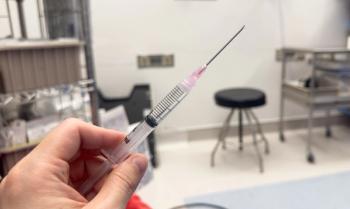
Rajinder Shiwach, MD, MRCPsych, outlines how pharmacists can strengthen retention, patient education, and access to rapid induction strategies for opioid use disorder treatment.
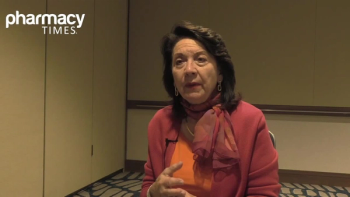
Pharmacists explore estrogen replacement therapy for young women with POI, discussing safe options and alternatives for managing menopause symptoms.

Richard Kovacs, MD, explains how switching from high-sodium to low-sodium oxybate led to meaningful blood pressure reductions and lower cardiovascular risk in patients with narcolepsy.

Rajinder Shiwach, MD, MRCPsych, discusses how rapid induction with extended-release buprenorphine improves patient retention and maintains comparable efficacy and tolerability to standard induction methods.

Christina Barrington, PharmD, champions pharmacists' vital role in enhancing health care access and quality, advocating for their recognition as essential providers.

Explore the role of pharmacists in managing menopause-related vasomotor symptoms with innovative non-hormonal therapies like Elinzanetant.

Explore effective non-hormonal treatment options for menopause-related vasomotor symptoms, including hot flashes and night sweats, with insights from pharmacists.
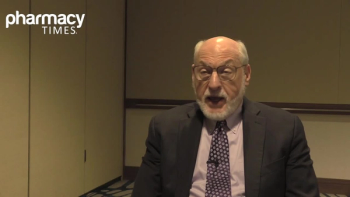
Explore the promising data on elinzanetant for managing menopause-related vasomotor symptoms, highlighting its tolerability and minimal side effects.


Samantha Picking, PharmD, highlights pharmacists’ leadership in immunization initiatives, public health collaborations, and the evolving role of community pharmacy in preventive care.

Megan Dulohery Scrodin, MD, highlights Mayo Clinic's innovative COPD care model, emphasizing multidisciplinary collaboration and AI tools for improved patient outcomes.

Experts discuss breakthroughs in respiratory virus vaccines.
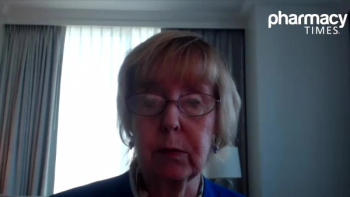
Elinzanetant shows promise as a new treatment for menopause-related vasomotor symptoms, offering rapid relief and a favorable safety profile.

Embedding standards in pharmacy practice help ensure medication quality, safety, and patient understanding.

Research reveals varying impacts of GLP-1 receptor agonists on asthma risk, urging careful medication selection for patients with diabetes and respiratory issues.
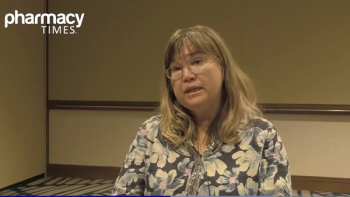
Explore how pharmacists can better support indigenous and Hispanic women during menopause through culturally sensitive care and family involvement.

A digital therapeutic app enhances access to behavioral cough suppression therapy.

James Chalmers, MBChB, PhD, discusses the ASPEN trial's findings on brensocatib's impact on lung structure and function in bronchiectasis patients.

Megan Dulohery Scrodin, MD, discusses COPD management challenges and the need for accessible care and cost reduction.


Subcutaneous amivantamab demonstrated robust activity in patients with recurrent or metastatic head and neck squamous cell carcinoma previously treated with checkpoint inhibitors and platinum chemotherapy.

The combination significantly improved event-free and overall survival compared with surgery alone, marking the first study to show an overall survival benefit in this patient population.

Sara Assaf, MD, shares insights on selecting biologic therapies for severe asthma, including biomarkers, patient factors, and managing nonresponders effectively.

The FDA's approval of GLP-1 for obstructive sleep apnea enhances treatment options, emphasizing pharmacists' vital role in patient care and management.

Samantha Picking, PharmD, outlines how Walgreens enhances immunization access through digital innovation, patient engagement, and ongoing pharmacist training.

Long-term findings from the REASSURE study confirm Radium-223’s acceptable hematologic safety profile and reinforce the importance of early use alongside bone-protecting agents to minimize fracture risk and optimize outcomes.

Balazs Halmos, MD, discusses how the COPERNICUS trial aims to build on previous amivantamab studies.